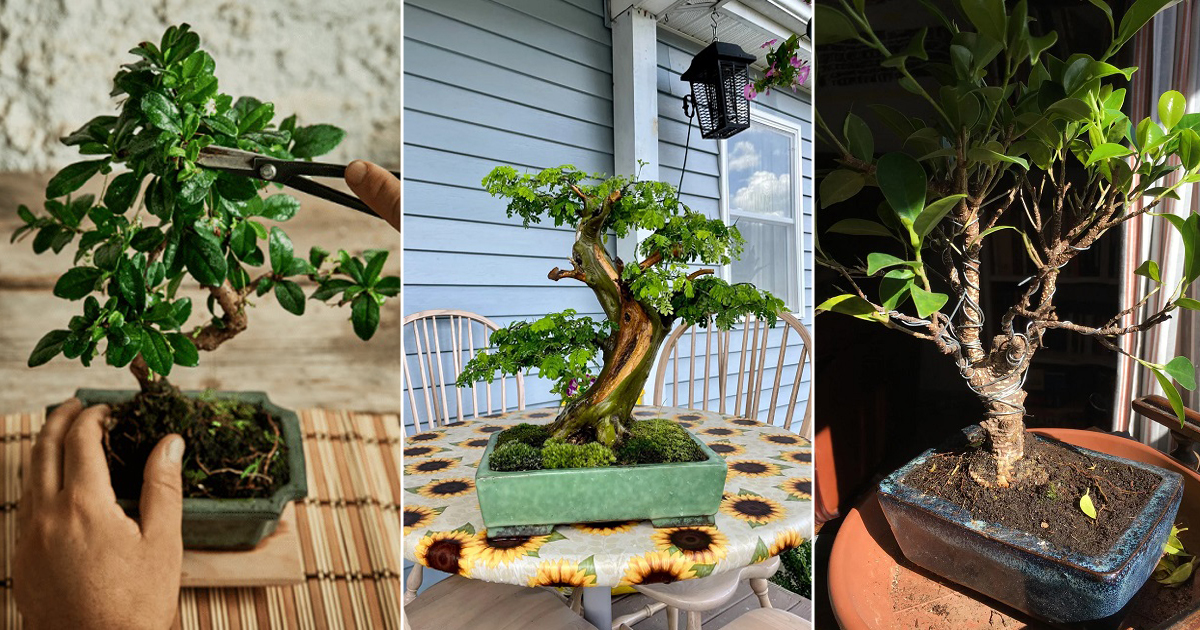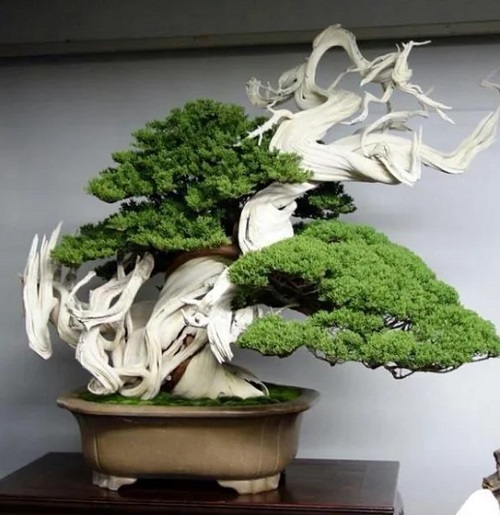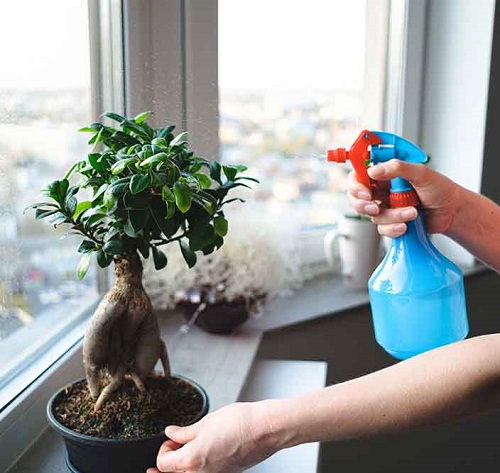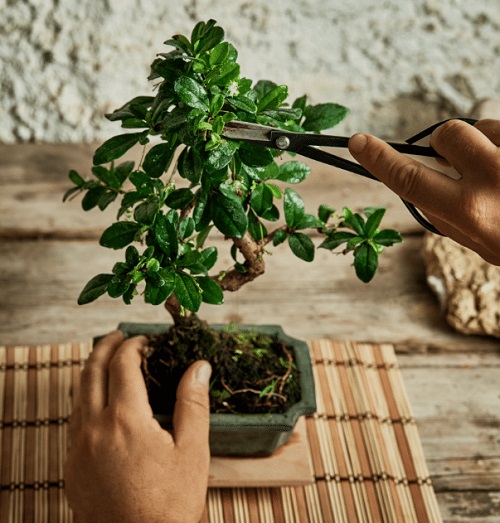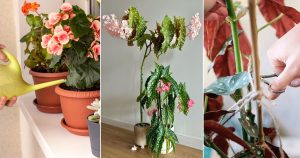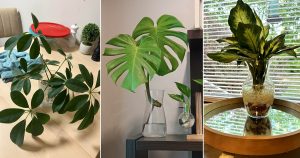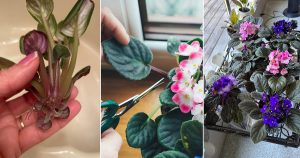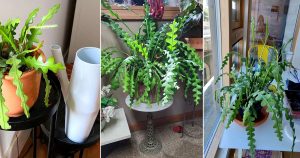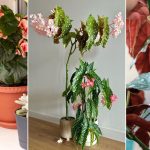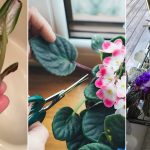Learn about bonsai care for beginners—understand the art, styles, and simple steps to create your own tiny tree masterpiece.

The Japanese term “bonsai” can be translated quite literally as “potted plant.” But is the beautiful art of bonsai as simplistic as its definition?
Bonsai trees are not dwarfed species; they are trees that are intentionally trained to remain small and pot-sized. Beginners needn’t be daunted. Like any new interest, one can choose to dip a toe or dive right in. For those who want to experience the elegance of a bonsai tree but lack the time or the patience to start from scratch, many nurseries offer bonsai that have already been shaped and trained by an expert. Starter kits are also available, along with care instructions to equip the buyer with the confidence to tend to their newest green addition.
Bonsai Care for Beginners
Choosing a tree
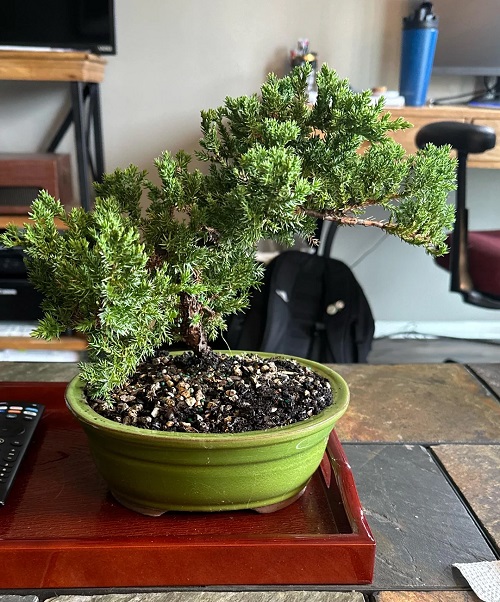
Whether you’re planning on your own creation or opting to buy a pre-trained bonsai, Mark Volman, owner of Ontario’s largest bonsai supplier, Tropical Expressions in Hamilton, recommends the store’s best-selling tree, the Japanese juniper (Procumbens ‘Nana’), as an excellent species with which beginners can flex their artistic muscle. “There is so much potential with this evergreen to create unusual shapes with its many pruned branches,” he says. “The juniper is also very forgiving.” Of course, it’s a matter of taste. Any tree can be selected, pruned, and trained to remain pot-sized.
Selecting a container
Pots for indoor bonsai should always be shallow, thick ceramic to provide the tree’s root system with the humidity it requires. The pot should have, at the very least, two holes in the base for drainage. Screening is required to cover the holes and prevent the soil from escaping the pot. Slabs and rock planters have also become quite popular, creating the perfect natural setting for your own miniature forest. Volman suggests repotting every three to four years to accommodate root growth and to provide fresh, nutrient-rich soil.
Watering and fertilizing
Your bonsai will benefit from a weekly watering routine. The soil should never dry out completely. Dip your fingertip into the soil and quench your tree’s thirst when the soil is dry within half an inch to an inch of your fingertip. Since bonsai pots are designed for good drainage, don’t be afraid to thoroughly soak the soil. Trees draw in moisture from their leaves, so be sure to mist your bonsai weekly, as well. Mister beware: the water runoff from misting can dampen the surface of the soil, which may falsely indicate that your tree does not need watering.
Fertilize your watered tree every three to four weeks to ensure it’s getting adequate nutrition. However, only fertilize when your tree is healthy and thriving. Fertilizer is not medicine and can do more harm than good to a tree that shows signs of distress.
Pruning
Monthly pruning is necessary to maintain your tree’s compact shape. The bulk of your tree’s pruning will occur during the spring and summer months. Do not give the top of your tree a “haircut!” Always prune new growth from the bottom of the trunk, moving upward to just beneath the crown. “Be selective,” advises Volman. “Don’t prune too many branches, as any cut will be visible until it grows back.”
Tools
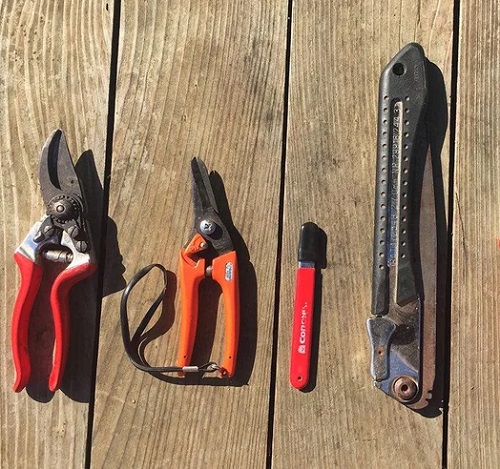
The amount you spend on your bonsai equipment depends on how involved you want to be in the creation and training of your bonsai. For pruning, a pair of sharpened garden shears can often do the trick. However, there are helpful tool kits available that contain the essentials: trimming shears or scissors, concave, knob, and wire cutters, and pliers, to help maintain your tree’s unique shape. Tropical Expressions and Lee Valley, for example, have a variety of good-quality bonsai tools that can be shipped across Canada.
Wire

If you are planning to manipulate the shape of your bonsai, you may need to purchase a variety of different thicknesses of wire, relevant to the thickness of your tree’s branches. Wire is what holds and trains your tree’s branches to grow in their altered, eye-catching positions. Copper wire has more holding power, while anodized aluminum wire is more malleable and may be easier for a beginner to work with.
Creating your own bonsai
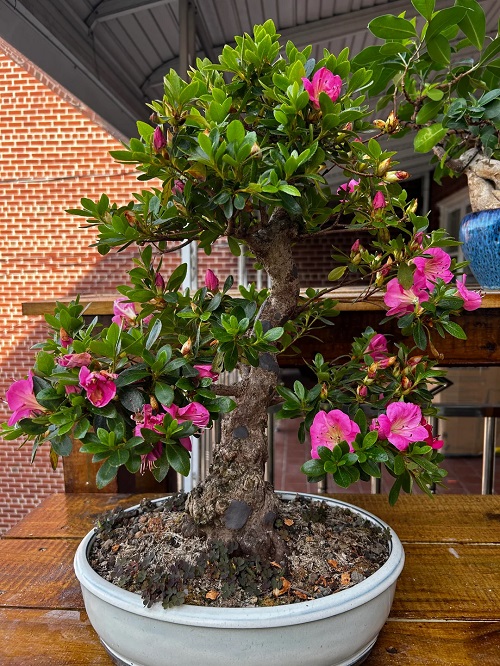
Once you’re confident and ready to create your own design, “look at nature, take or study some pictures, and imagine your tree before you decide to prune it,” says Volman. A tree will need to be properly rooted before it can be shaped, so take care not to damage the delicate root system. Once the tree is secure in its new home, expose the branches that will be the main focal points so that they may be wired in the future. Bonsai clubs, like the Toronto Bonsai Society, often offer inexpensive workshops to help you hone your craft. Above all, be adventurous, take risks, and remember that practice makes perfect!

